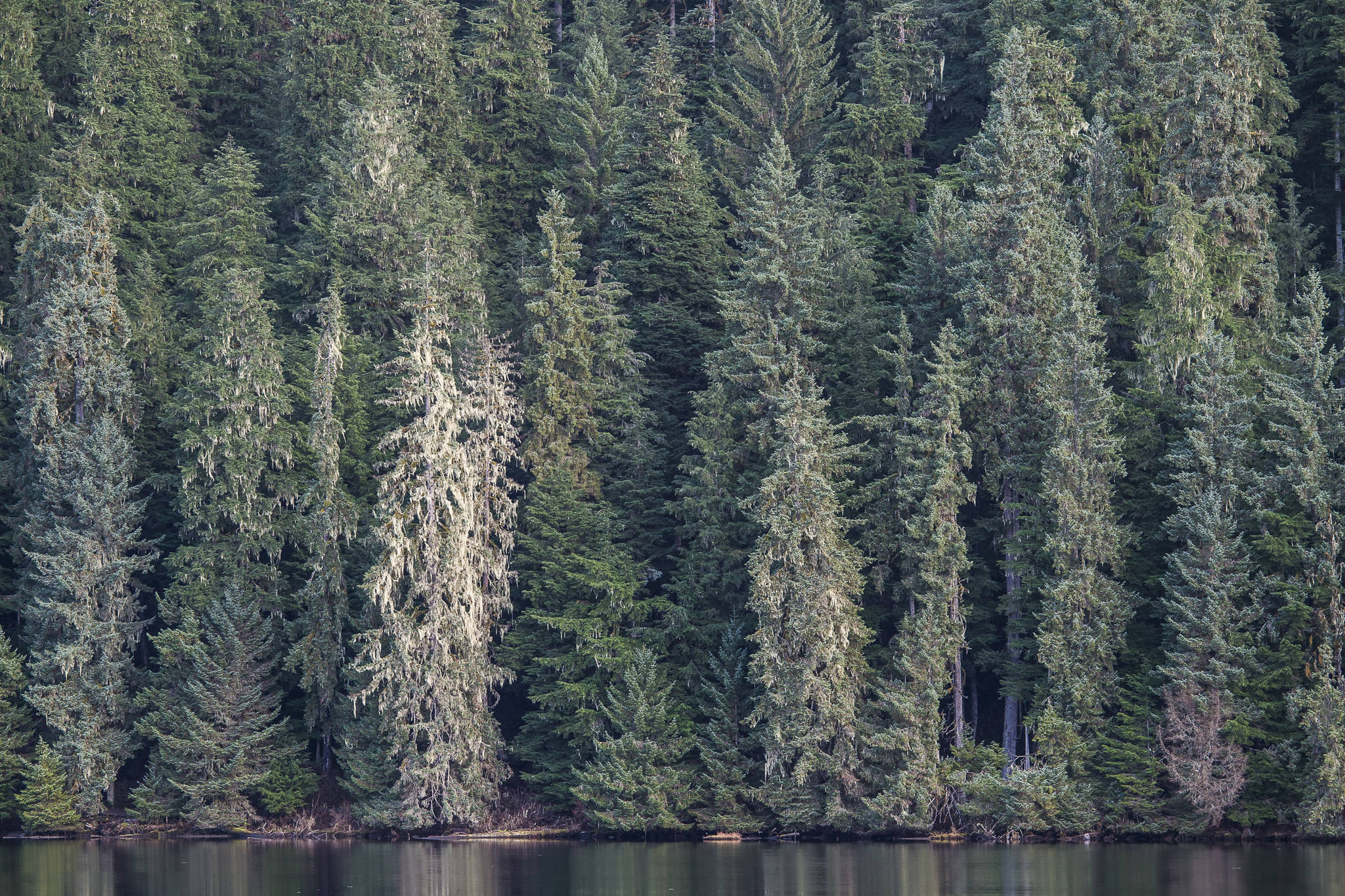The on-again-off-again Roadless Rule debate is back. One side, led by Alaska’s elected officials in Congress and in Juneau, wants to permanently exempt the Tongass National Forest from the Rule. The other prefers to keep it entirely intact.
It’s an issue that epitomizes a no-compromise, winner-take-all, political culture that is in increasingly defined by alternative realities.
U.S. Sen. Lisa Murkowski, R-Alaska, has the correct facts regarding the Tongass lands affected by the rule.
The 16.7 million acres Tongass National Forest “is overwhelmingly road-free, unlogged, rich in wildlife and, despite what you may have read, will remain so even if exempted from the roadless rule” she wrote in the Washington Post recently.
“When combined with national monument and other natural-setting land use designations, more than 13 million acres of the Tongass are already explicitly restricted from resource development or are required to be managed as roadless areas. That’s nearly 80% of the forest.”
Murkowski may have been responding to an earlier Post story that claimed exempting the Tongass from the Rule “could affect 9.5 million acres.” The statistic likely came from a U.S. Forest Service announcement that states exempting the Tongass “would remove all 9.2 million acres of inventoried roadless acres.”
As evidence, the Post provided readers with a USFS map that delineates three district zones – wilderness areas closed to development, areas were roads already exist, and rest being the acreage that could be opened to new road development. The telltale flaw is within the 9.5 million acres is the one million-acre Juneau Icefield. That and other remote and rugged landforms don’t require regulations to make them off limits to road construction.
Obviously, Post reporters didn’t do their homework.
But sloppy reporting isn’t as troubling as when organizations that usually rely on scientific evidence misapply the facts.
Two weeks ago, Earthjustice, a nonprofit dedicated to environmental law, posted a story claiming exempting the Tongass from the rule will “gut protections across 9 million acres of America’s largest national forest.” And they turned the argument into an emotional appeal by placing a photograph of a serene landscape below their headline. It shows a waterfall flowing between small spruce trees on a steep, glacially polished granite slope that will never be subjected to logging.
In a more local defense of keeping the rule, the Southeast Alaska Program Director for Trout Unlimited argued that exempting the Tongass means “only 35% of key fish-producing areas” will be protected from “industrial clear-cut logging.” For that to be true, two-thirds of such watersheds would have to be located within 20 percent of the Tongass landmass.
The facts are the Tongass contains 9.9 million acres of forested land. Only 1.8 million of that was placed off limits by the Roadless Rule. Of the rest, 4.4 million acres will never produce merchantable timber because steep rocky slopes, contains poor soil, or is at subalpine elevations. And another 2.4 million acres is statutorily protected by their Wilderness or LUD II designations.
That left 1.3 million acres of prime forest available. But little, if any, is profitable to harvest. According Taxpayers for Common Sense, for the past 20 years, the USFS subsidized logging to the tune $30 million annually.
Those are facts Gov. Mike Dunleavy would like to ignore.
“The ill-advised 2001 Roadless Rule shut down the timber industry in Southeast Alaska” he said about proposed exemption for the Tongass. He called it “the first step to rebuilding an entire industry.”
The industry decline began long before implementation of the Roadless Rule. Market forces, antiquated plants and necessary environmental regulations led to the closure of the region’s two pulp mills. A few thousand jobs were lost. But more than a few small mills continued to operate.
Getting rid of the Roadless Rule won’t create a boom in timber industry jobs. What we can expect is the USFS to subsidize the harvest of more old-growth. On some timber sales, roads will be built, and trees will cut down. Others will be halted by legitimate lawsuits. And at least a few will like two of the Kuiu tracts put up for sale during the past five years. Even with the subsidy, they’ll be so unprofitable that no one will bid on them.
Meanwhile, neither side will think they’re winning.
• Rich Moniak is a Juneau resident and retired civil engineer with more than 25 years of experience working in the public sector. My Turns and Letters to the Editor represent the view of the author, not the view of the Juneau Empire.

